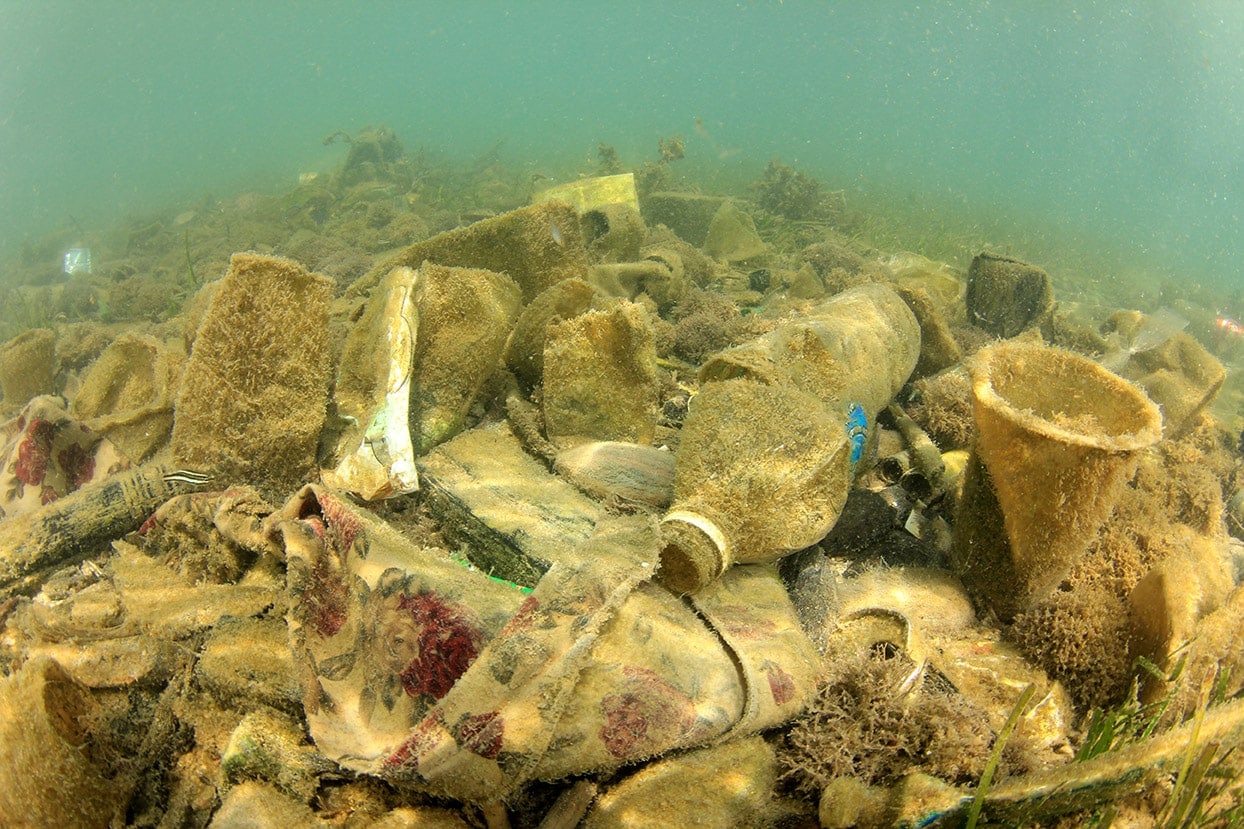The world’s oceans are a popular dumping site for agricultural runoff, industrial chemicals, sewage, and plastic trash. The seas contain over 200 million metric tons of plastic waste, and 11 million tons are added every year. The Pacific waters between the coast of California and the islands of Japan contain the planet’s largest masses of plastic garbage and marine debris. The Great Pacific Garbage Patch is divided into two sections: the Eastern Garbage Patch of the North Pacific and the Western Garbage Patch near Japan.
The countries most responsible for contaminating the oceans with plastic are China, Indonesia, the Philippines, Vietnam, and Sri Lanka. Over half of the world’s plastic is manufactured in Asia, and 90% of plastic trash reaches the oceans from 10 Asian rivers. Most of the plastic (1,469,481 tons) is deposited in the ocean from the Yangtze River. Plastic waste is a significant contributor to ocean pollution, but it’s unfortunately joined by industrial waste, agricultural runoff, sewage, and commercial products.

Mining Waste
Each year over 180 million tons of mining waste is dumped into the ocean, and just four mines are responsible for over 85% of the contaminants: the Batu Hijau mine in Indonesia, the Wabash/Scully mine in Labrador, Canada, the Grasberg mine in West Papua, and the OK Tedi mine in Papua New Guinea.
Gold and copper mining produce more ocean pollution than other operations. For a single gold wedding band, a mining operation produces 20 tons of contaminants. Although the United States banned chemical dumping in 1972 and lake dumping in 2009, exemptions and misguided court decisions have allowed the practice to continue in some areas. In 2009, the U.S. Supreme Court authorized the Coeur D’Alene Mines of Alaska to dump 7 million tons of waste in the Lower Slate Lake. The contaminants from the mine tailings killed all the organisms in the lake.

Industrial Waste
Toxic waste dumping was outlawed in the United States in 1972, but from the mid-1940s to 1972, U.S. companies treated the rivers, lakes, and oceans like personal dumping grounds. In 2021, marine researchers studying a 33,000-acre region off the southern coast of California made a disturbing discovery.
Scientists had detected elevated dichlorodiphenyltrichloroethane (DDT) levels in dolphins for several years and suspected an underwater dumping site as the cause, but the recent survey confirmed the hypothesis when it found 25,000 barrels of DDT. Although the discovery of the toxic chemical, which was responsible for nearly wiping out the bald eagle, is concerning, the oceans would be in worse shape without legislation such as the Marine Protection, Research, and Sanctuaries Act of 1972.

Polluting the Ocean Before 1972
Before 1972, U.S. companies could deposit toxic waste in lakes, rivers, and oceans. Although the exact amount of contaminants dumped before the 1970s is unclear, some of the 20th-century marine studies display frightening results. Here are some of the statistics regarding chemical dumping in the United States:
- 5 million tons of industrial waste were dumped in U.S. waters by 1968
- 55,000 radioactive containers were dumped into the Pacific Ocean from 1949 to 1969
- 34,000 radioactive containers were deposited off the East Coast of the U.S. from 1951 to 1962

Final Thoughts
Ocean pollution from fertilizer, toxic chemicals, sewage, plastic, and other contaminants is disrupting ecosystems and killing marine life. Environmental groups, clean ocean legislation, and studies by marine researchers have helped identify the scope of the problem. While some progress has been made in cleaning the ocean, more must be done to protect aquatic organisms and the waters they depend on.
Related Read: 10 Incredible Inventions To Stop Ocean Pollution
Featured Image Credit: Rich Carey, Shutterstock
